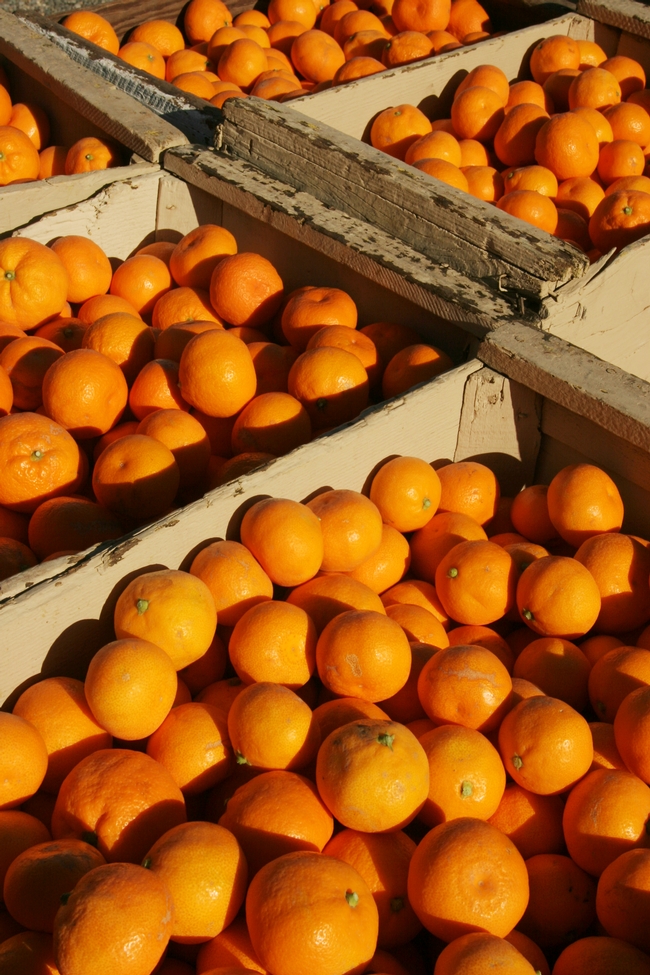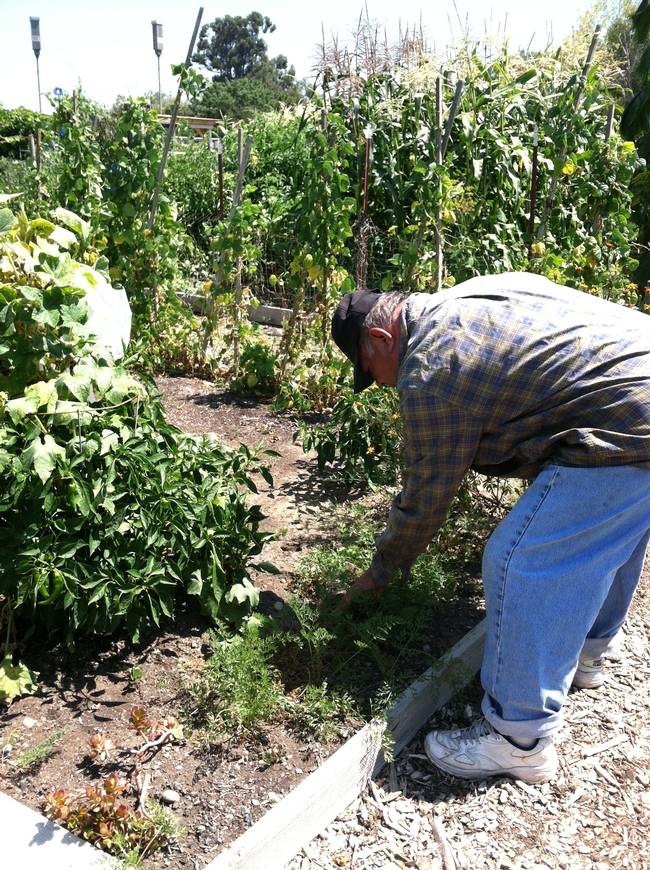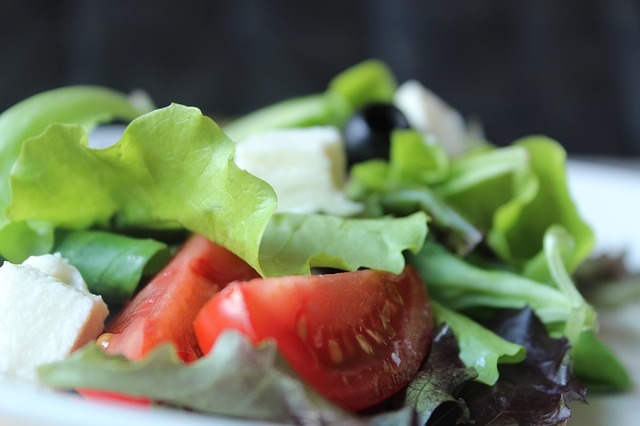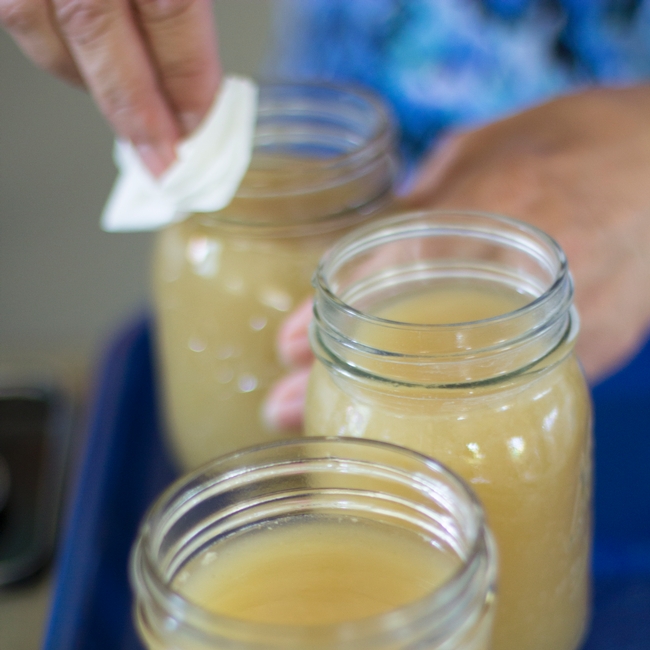UC Food and Agriculture Blogs
A Mandarin By Any Other Name, by Cindy Fake
Have you ever wondered why there are no tangerines available at our local farmers' markets? As Horticulture and Small Farms Advisor, Cindy Fake, explains in her article "A Mandarin By Any Other Name," the word 'tangerine' is a marketing term used...

35
Gardens contribute vegetables, ease hunger among San Jose residents
People who grow their own vegetables in a garden typically consume enough fresh produce to meet the USDA Dietary Guidelines for a healthy diet, according to a recent UC Cooperative Extension survey of San Jose residents.
A diet containing lots of vegetables is lower in calories and higher in fiber and good for our health. Yet, not everyone has easy access to fresh vegetables in the United States.
“Growing vegetables and having a garden is an effective intervention to promote increased vegetable consumption among all Americans,” said Susan Algert, UC Cooperative Extension advisor in Santa Clara County, who conducted the survey. “This is evidence for bringing back popular home gardens or ‘Victory gardens' of the past rather than investing exclusively in SNAP benefits for purchased foods.”
SNAP, the federal Supplemental Nutrition Assistance Program (formerly called food stamps), now allows participants to buy seeds with their benefits, which helps low-income people who want to grow their own veggies, she said.
Vegetable consumption falls well below the U.S. Dietary Guidelines in much of the U.S., particularly among African American, Latino, low educational attainment, and low-income populations.
Algert and fellow UC Cooperative Extension researchers looked at background characteristics, vegetable intake and program benefits of people who cultivated a home garden versus those who participated in a community garden.
“The home gardeners were significantly younger, had lower incomes, were less likely to have completed college and were more ethnically diverse than the community gardeners,” said Algert, who specializes in nutrition. “In other words, the background characteristics of the two groups varied significantly. In spite of these significant demographic differences, both groups increased their vegetable consumption from the garden to the same extent, by about two servings.”
In fact, by supplementing with food from their gardens, both groups met the U.S. Dietary Guidelines for recommended daily servings of vegetables to promote optimal health.
A lack of experience as gardeners didn't affect the results much. Fifty eight percent of the home gardeners reported having less than two years of experience whereas only one-third of community gardeners were novices.
“This study demonstrates that growing fresh vegetables in either a home or community garden setting can contribute significantly to a person's nutritional intake and food security at all income levels by making it a more affordable to maintain a healthful diet,” said Algert. Urban gardeners also experience a number of other benefits including exercise, stress release, and learning about gardening from their peers and mentors.
The study was a partnership with the Parks, Recreation and Neighborhood Services Department of the City of San Jose and La Mesa Verde, a project of Sacred Heart Community Services of San Jose. The UCCE research group worked with the Parks Department to administer a 30 question background survey to 83 community gardeners in four different gardens during April through September 2012. The same survey, slightly modified, was administered to a group of 50 home gardeners participating in Sacred Heart's La Mesa Verde project between September 2013 and April 2014.
'Dine in' to save money and eat better
On Dec. 3, the American Association of Family and Consumer Sciences (AAFCS) is asking families across the U.S. to prepare and eat a healthy meal together. The goal of the 2014 “Dining In” for Healthy Families campaign is engaging at least 200,000 families to participate. More information and an online sign up form can be found on the AAFCS website.
Dining in is one of the cost-saving ideas UC Expanded Food and Nutrition Education Program educators share with low-income families. As a UC Cooperative Extension advisor who specializes in family and consumer sciences, I can tell you there are many potential benefits to dining in:
- Reduced expense for meals
- Better health and decreased risk of developing chronic diseases
- Lower medical costs
When people are asked to identify their discretionary expenses, food eaten at restaurants often tops the list. Eating out, along with entertainment expenses, is frequently identified as an item to reduce or cut from family budgets to free up money to save/invest or cope with a reduction in income. This is not surprising because about a third of the money spent on food in the United States is spent at foodservice establishments, according to the U.S. Department of Agriculture.
Over time, the amount of money saved by meals eaten and/or prepared at home (e.g., a “brown bag” lunch) is noteworthy. According to the Eating Away at Your Future poster on the Rutgers Cooperative Extension Small Steps to Health and Wealth website, someone could accumulate almost $50,000 in 20 years by eating out one less evening per week and investing the money saved at a 5 percent yield. Online calculator tools like the Brown Bag Savings Calculator are useful to make personalized calculations of the amount of savings that can be realized with home-prepared food.
As noted above, the money that people save by eating more meals at home is just the beginning of their potential savings. For additional financial impact, the difference in cost between home cooked and restaurant meals could be invested and allowed to grow over time. Through the magic of compound interest (i.e., earning interest on previously earned interest), small dollar amounts can grow handsomely.
Another way that home-prepared food impacts personal finances is the linkage between restaurant meals and overweight/obesity. People tend to eat healthier meals when they eat at home because they can better control portion sizes and the use of sauces, dressings and other high-fat ingredients.
Following are more specific health benefits of eating more meals prepared at home:
- Ability to select low-fat, low-sodium and low-calorie ingredients
- Ability to make healthy ingredient substitutions, such as applesauce for oil in baked goods
- Less temptation to eat tasty, but unhealthy, foods and large food portions
- Lower likelihood of children becoming overweight or obese
- Higher intake of health-promoting nutrients (e.g., Vitamin C and calcium) and dietary fiber
- Knowing exactly what you are eating, which is especially important if a family member has food allergies
Beyond the money saved by reducing the frequency of spending on restaurant meals and investing it to earn interest, there is a third way that eating more meals at home affects household finances. Poor health and nutrition habits often translate into high out-of-pocket medical expenses. As explained in the Small Steps to Health and Wealth workbook, a person's health and finances are strongly associated with one another and “the greatest wealth is health.”
It is widely known that long-term consumption of high-fat, high-calorie foods can lead to health conditions such as high blood pressure, heart disease, Type 2 diabetes, sleep apnea, arthritis, and some types of cancer. People who eat healthy meals at home and adopt a healthy lifestyle with recommended levels of physical activity are less likely to develop expensive health conditions that can drain family wealth, even for those who are insured.
Want to be healthy and wealthy? Start by “Dining In” and prepare and eat a healthy meal with your family on Family & Consumer Sciences Day, Dec. 3.
Field of family and consumer sciences
Family and consumer sciences (FCS) draws from broad and diverse disciplines to develop and provide content and programs that help individuals become more effective critical thinkers and problem solvers. Through discovery and delivery of research-based knowledge, FCS professionals help individuals and families develop essential skills to successfully live and work in a complex world. Professionals in the field are uniquely qualified to speak on many critical issues affecting individuals and families, such as maintaining a healthy lifestyle, wisely managing personal and family finances, and creating supportive relationships with family members, friends, and co-workers. They are located nationwide in a variety of practice settings, including secondary schools, universities, government agencies, and businesses.
For more information, contact: Patti Wooten Swanson, nutrition, family and consumer sciences advisor, UC California Cooperative Extension - San Diego County, (858) 822-7719, pwswanson@ucanr.edu
The University of California Global Food Initiative aims to put the world on a path to sustainably and nutritiously feed itself. By building on existing efforts and creating new collaborations among UC's 10 campuses, affiliated national laboratories and the Division of Agriculture and Natural Resources, the initiative will develop and export solutions for food security, health and sustainability throughout California, the United States and the world.
A simple holiday how-to: homemade turkey stock
Feeling the pressure of holiday leftovers? There are simple ways to preserve holiday leftovers using extra turkey scraps and bones, while preventing tryptophan overload.
Any connoisseur of meat or vegetable stocks would tell you that the flavor of homemade can't be matched with something store bought. Homemade stock is easy to prepare and can be preserved for future use by simply freezing or using a pressure canner. Consider using homemade turkey stock for soups or as a cooking liquid for quinoa. A good stock adds a sublime flavor to any cooked grain.
Quick and easy homemade turkey stock
To prepare homemade turkey stock, place cooked turkey bones into a large stockpot and cover with water. (It's fine to still have some meat attached to the bones, it only adds to the flavor.) Cover the pot and bring the mixture to a boil, reduce heat and simmer the slurry for 30-45 minutes.
Once simmered, remove bones and let stock cool. Fat will rise to the top of the stock. Use a spoon to remove fat leaving only the turkey-infused liquid. At this point, strain stock through cheesecloth to remove any leftover herbs or bits of meat. This step is optional – many prefer to keep meat trimmings in the stock. Once the fat is removed and the stock is strained, the next step is to preserve the stock for future use.
Preserving turkey stock
To freeze, simply seal the stock in a freezer-proof container, freezer gallon storage bags work great for this method. Clearly label and date the storage bag or container – remember that this method has a freezer storage life of 6 months. If freezing the stock in storage bags, it is best to lay the bags on a cookie sheet and freeze flat for easy storage.
For a longer shelf life, consider pressure canning your stock which will preserve the delicious turkey stock for up to 12 months in your pantry.
Simply bring your stock back up to a boil and fill sterilized jars, leaving one inch of headspace. Clean rims of the jars before putting on the two part lid, tighten the lid rings only to “finger tight.” Process in a pressure canner using guidelines available from the National Center for Home Food Preservation.
If you are intrigued by pressure canning or need a refresher course, take a class from your local UC Master Food Preserver Program before getting started.
Avoid Pruning Apricots and Cherries in Cool Season
Most people think about pruning fruit trees during the winter since the branch structure is most visible and winter is considered the traditional time to prune deciduous trees. Actually, pruning fruit trees mainly during the growing season is a good...

Figure 2. A cross-cut into the infected branch reveals a large fungal canker in the wood; the infection continues into the trunk.







